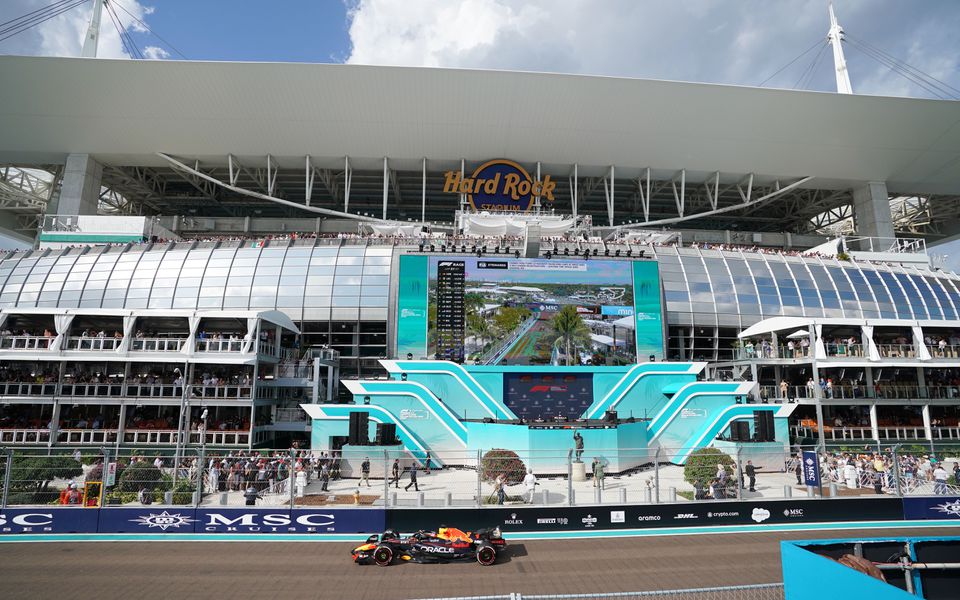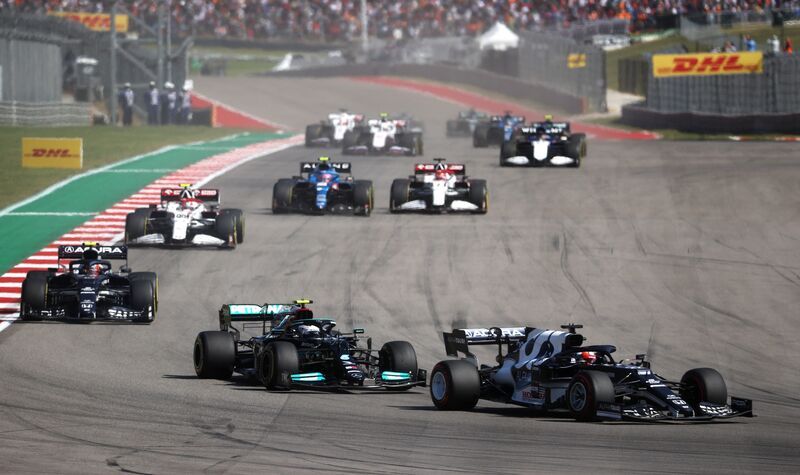It can’t even be imaged that only ten years ago, the United States never had much to say in the world of formula one racing. There had been some teams like UOP Shadow and Penske who gave the sport something to just speak a little of back in the 1970’s, and grand prix racing at certain tracks at that time like Watkins Glen, Long beach, Phoenix, Detroit, Dallas, and finally Indianapolis, where the worst disaster in F1 happened in 2005, made the sport go to a low point. And after all of this, it was obvious that this country would never make it to the point where sport could be popular.
Goodness, how times have changed. Many can put the idea changing especially when ex- F1 boss Bernie Ecclestone sold his business to Liberty Media, and American firm, and this turned the ball in more of a positive direction hoping that the sport would make a difference now that the U.S. had a hand in at least in the running of the operation.
With the debut of the Netflix show “Drive to Survive”, American audiences found that this so-called formula one soap opera made a real difference in the acting on this program, that reeled in fans to want to follow the sport. You must realize that in this country, excitement is the key, because if it is not, people will not watch it.
That brings us to the present year where not one or even two races in the United States are scheduled, but three, and this begins this weekend with the Miami Grand Prix in its second year of operation. Things might have changed in the idea that installing a fake harbor did not fool anyone at the slightest, even when networks panned the camera and saw a small stream that was real just down the road.
The race also has a special feature: The Hard Rock Stadium, which is home to the Miami Dolphins American Football Team, will now have the paddock inside the Stadium, which will have nothing but canopies looking up at the bleachers in the arena. And there will finally be some water around the area, that way someone like Sky Sports F1 broadcaster Martin Brundle, who mentioned last year that the boats in the water are not moving, which comes to the point that was just mentioned, when there is no water anyway.

But there are two more races we have not mentioned. One is Austin, which might be the best idea that has come along. It was almost dropped a couple of years ago, but the popularity when many thought that the race was nearly going to be cancelled did not happen, and the site was continued which to this day, is the most popular of all the grand prix races run in the U.S.
The race in Austin has a lot of less spectacular events, because with the best food, good entertainment and other things that makes that part of Texas great does not need to be changed.
But now there is the last race, and this one has not been done yet, and has until the end of the decade to get it right, and that is Las Vegas, which will be run at the end of November and at all times, ten in the evening on a Saturday night on the famed Las Vegas strip or part of it. The bright lights are going to be difficult for drivers to try and maneuver their cars around what might seem like a fast street track, so what Miami has learned will be even more interesting when a place like Las Vegas, known for some unusual things, could be successful or nothing but a bunch of problems that like Miami, will just have to adjust to get it right.
So, three races, coverage with ESPN with a handful of British broadcasters, with a little contribution from American Danica Patrick, and for the first time in six years, an American driver, Floridian Logan Sargant, racing on his home ground this weekend, might be the last chance that the United States can improve on this sport. And it seems to be going the right way.
By Mark Gero







